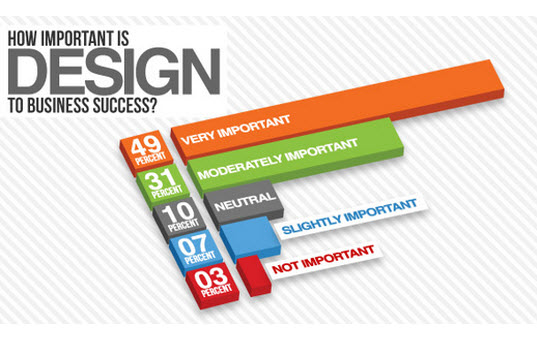Have you ever saw a web site that took permanently to tons, had a complicated navigating system, or really did not display correctly on your mobile phone? Chances are, you promptly deserted that site and went on to one that provided a far better customer experience.
In today's affordable online landscape, it's critical for organizations to focus on web design that boosts user experience in order to drive much better conversions. In this discussion, we will certainly discover the importance of responsive layout, the usage of instinctive navigation, and the optimization of page lots speed to develop a seamless and engaging user trip.
Remain tuned to find just how these elements can considerably affect your website's success.
Value of Responsive Layout
Receptive design is important in today's digital landscape for developing web sites that adjust perfectly to various display sizes and devices. When your web site is responsive, it instantly adjusts its design and web content to fit any kind of gadget, whether it's a mobile phone, tablet, or computer. This is vital since an increasing number of people are accessing the web with their mobile devices.
If your internet site isn't receptive, it can cause a poor customer experience. Users may need to squeeze and zoom to read material, switches might be too little to click on, and pictures may not be optimized for smaller displays. This can frustrate customers and bring about high bounce rates and low conversions.
Using Instinctive Navigation
When developing a responsive site, it is essential to concentrate on making use of user-friendly navigating for an improved customer experience.
User-friendly navigation describes arranging your website's food selection and navigation aspects in a sensible and easy to use way. By doing so, you make it less complicated for visitors to find what they're trying to find and navigate via your web site easily.
Suggested Webpage -friendly navigation helps in reducing confusion and stress, eventually causing much better customer engagement and raised conversions.
To accomplish instinctive navigating, take into consideration making use of clear and descriptive tags for your menu products, implementing a constant design throughout all web pages, and including search functionality for quick access to certain material. Furthermore, it's essential to prioritize vital pages and details, ensuring they're plainly presented and easily accessible.
Optimizing Web Page Lots Rate
To improve user experience, it's essential to enhance the web page lots rate of your site. Sluggish loading times can discourage customers and bring about higher bounce rates.
Thankfully, there are numerous strategies you can apply to boost your web site's tons speed. To start with, consider reducing the dimension of your pictures by pressing them without jeopardizing quality.
Furthermore, maximize your code by reducing unneeded manuscripts and CSS files. relevant web page is to leverage web browser caching, which permits certain elements of your web site to be kept locally, minimizing load times for returning site visitors.
In addition, take into consideration making use of a web content distribution network (CDN) to disperse your website's data throughout numerous servers, improving tons speed for users in different geographical places.
Final thought
In conclusion, by using receptive design, user-friendly navigation, and enhancing web page load speed, website design can considerably boost individual experience and drive much better conversions.
With a straightforward user interface, easy navigating, and quick filling times, web sites can capture and keep the interest of customers, resulting in raised interaction and greater conversion rates.
So, don't delay in implementing these web design methods to guarantee a smooth and effective individual experience!
